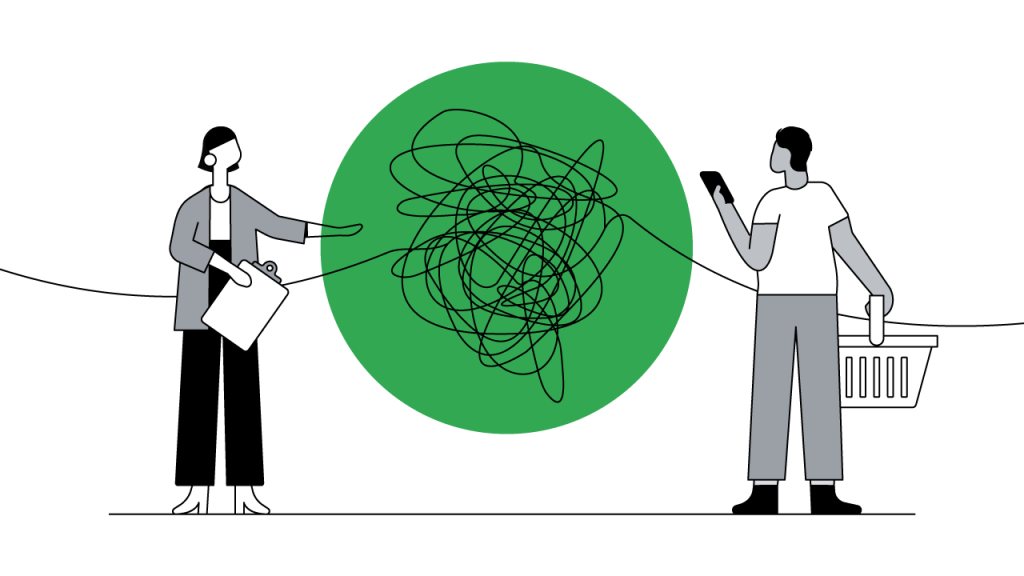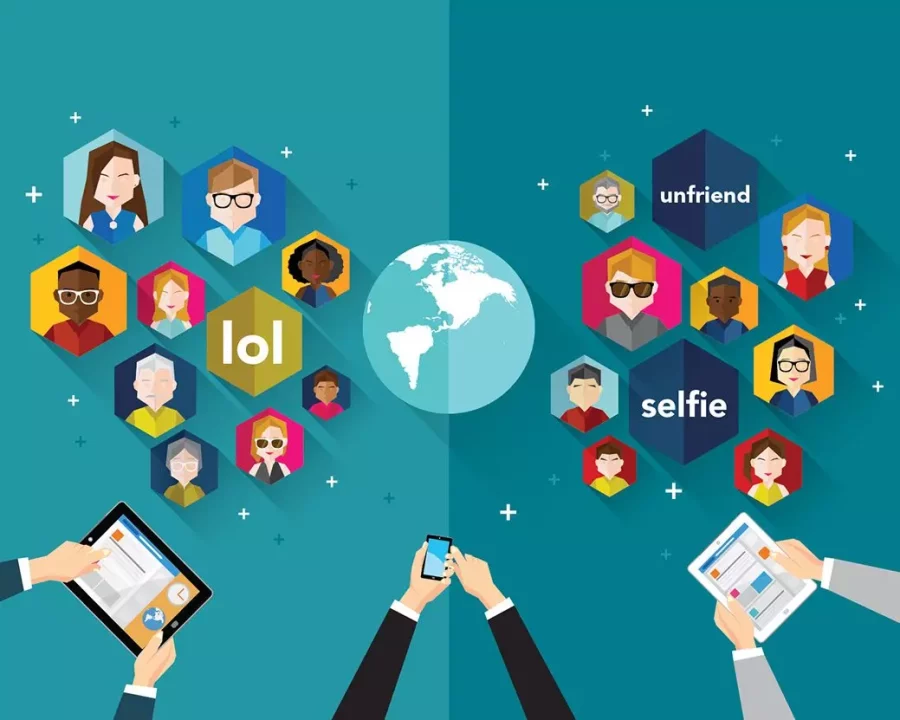Introduction:
Welcome to the intricate world of media, where every image, every word, and every sound is a complex puzzle waiting to be decoded. In this blog, we will embark on a journey through encoding and decoding, the fundamental processes that determine how information is produced, disseminated, and interpreted. As we navigate through the language of media, we will reveal the nuances that affect our perceptions, leading to a deeper understanding of the stories unfolding before our eyes.
Define encoding:
In the media field, encoding is the meticulous art of constructing a message. Media producers, whether filmmakers, journalists or content creators, make careful decisions about what to include, how to frame it, and the tone to be conveyed. It’s a careful selection of the various elements that together form an audience-oriented narrative.

Coding Example:
For example, a movie director chooses camera angles and music to evoke emotion in the audience, and a news editor chooses story frames to highlight specific aspects. Each of these decisions helps encode the message and affects the audience’s understanding of the message.
Define decoding:
In the case of media, decoding is the process by which the audience interprets and understands the information encoded by the creator. The audience’s unique perspective determines how they receive and understand content and adds layers of meaning based on their cultural, social, and personal backgrounds.

Decoding Example:
Imagine television viewers interpreting political speeches through their personal beliefs, or social media users sharing news articles with their own comments. These examples illustrate that decoding is an active process influenced by the receiver’s point of view.
Conclusion: Decoding the Media Puzzle
The language of media comes to life in the dynamic interplay of encoding and decoding. Media literacy is the key to navigating this intricacy, empowering individuals to discern the layers of meaning woven into each message. As we unravel the threads of encoding and decoding, we gain a deeper understanding of the complexities of communication in the digital age. Stay tuned for more insights into this fascinating world where messages are encoded and narratives are decoded to form the rich media tapestry that surrounds us.
Reference
Stuart Hall, “Encoding and Decoding in the Television Discourse” (1973)


This blog post skillfully walks readers through the intricacies of media production and interpretation while providing a captivating introduction to the ideas of encoding and decoding in media. The author deftly clarifies the mechanisms underlying the creation and reception of media messages, emphasising the critical role that media literacy plays in comprehending these dynamics. The idea of encoding is effectively illustrated by using real-world examples, such as a news editor’s or movie director’s decision-making process. These illustrations give the abstract concept a concrete form and make it applicable to the reader’s regular media experiences.
The discourse surrounding decoding, specifically the focus on the audience’s proactive involvement in interpreting media via their distinct viewpoints, is enlightening. It emphasises how individualised media consumption is and how different backgrounds can add different levels of meaning to a given message. This method asks readers to consider how they personally consume media and what factors have shaped their perceptions.
The blog’s compelling story makes the subject matter understandable to a wide range of readers. By challenging readers to consider the media they consume critically, it helps them develop a greater understanding of the complexities of communication in the digital age. All things considered, this blog post is enlightening and stimulating, providing insightful information about the encoding and decoding procedures that mould our media environment.
In this blog, you have introduced to us what encoding and decoding are respectively, and analyzed them by giving examples. The blog is concise, but you rarely mention how encoding and decoding are affecting us in the age of digital media. How do you think we should handle encoding and decoding correctly in media?